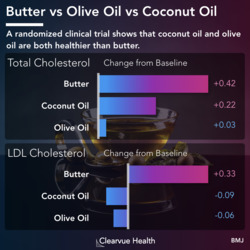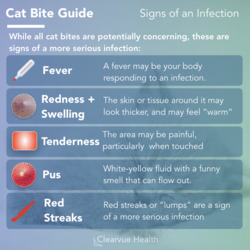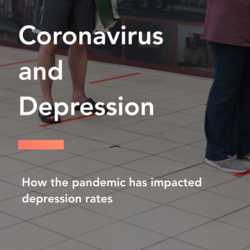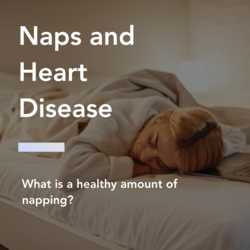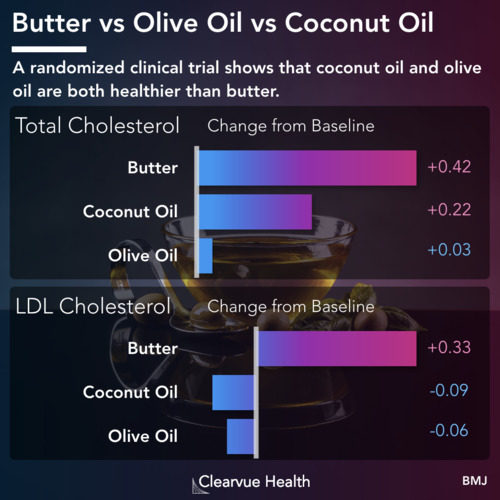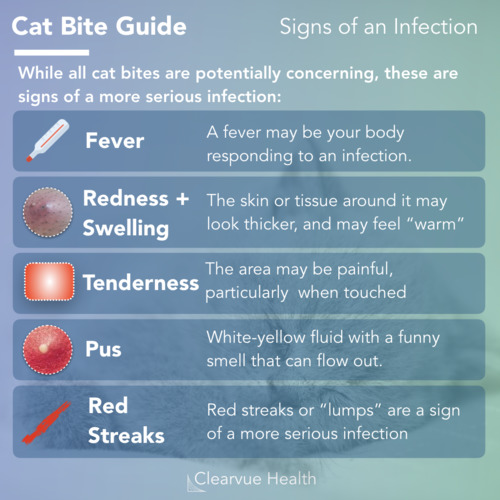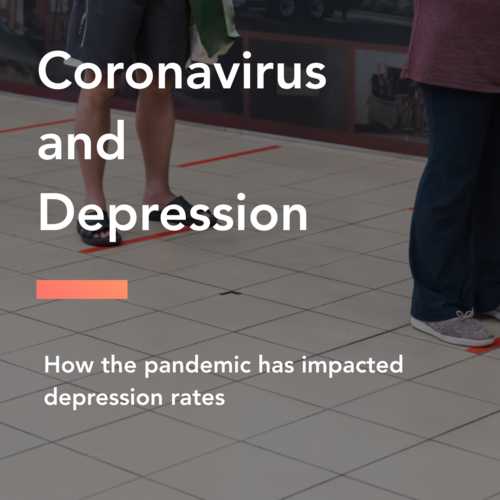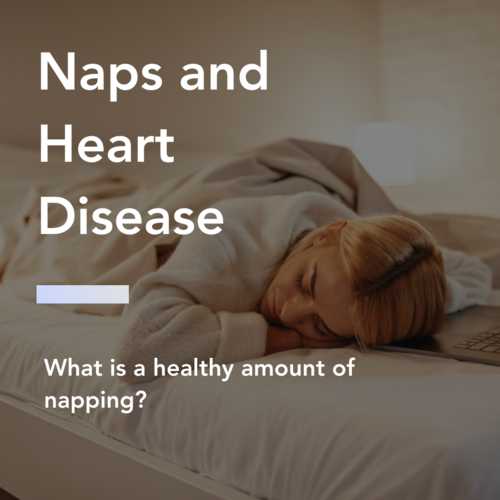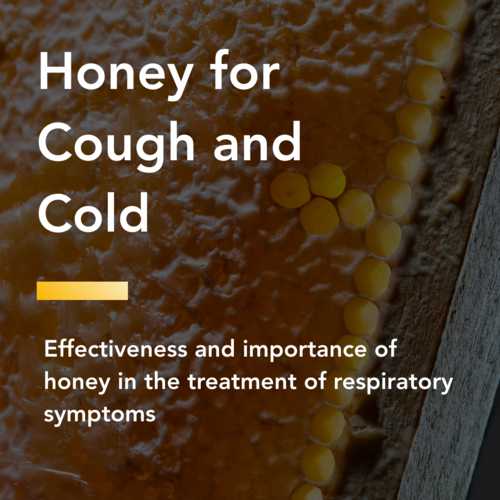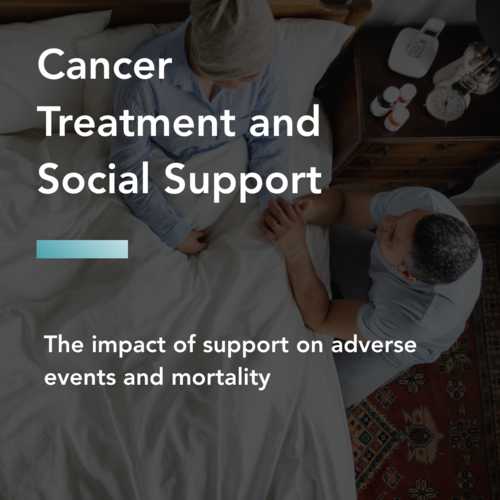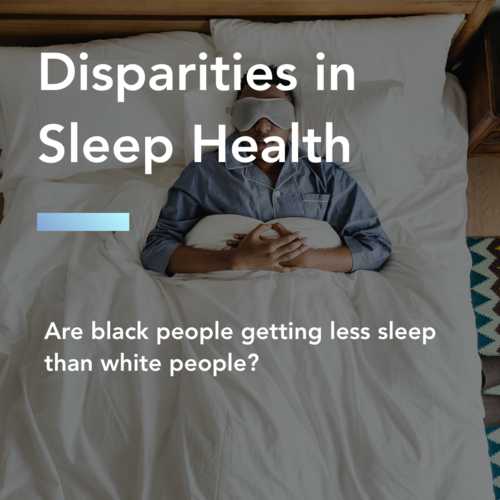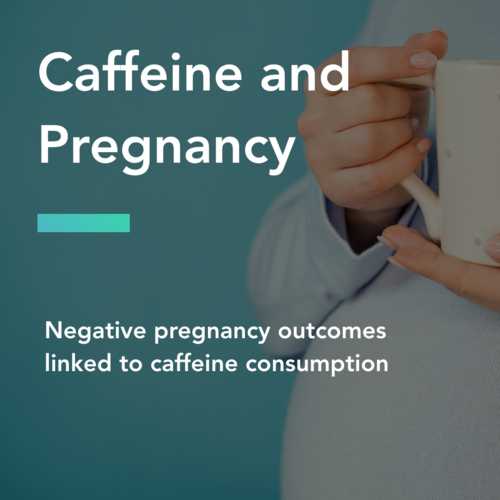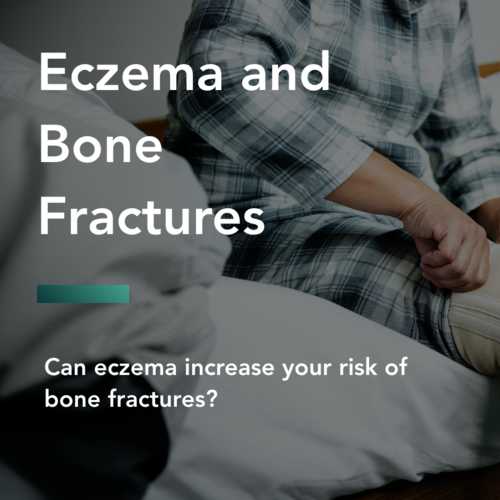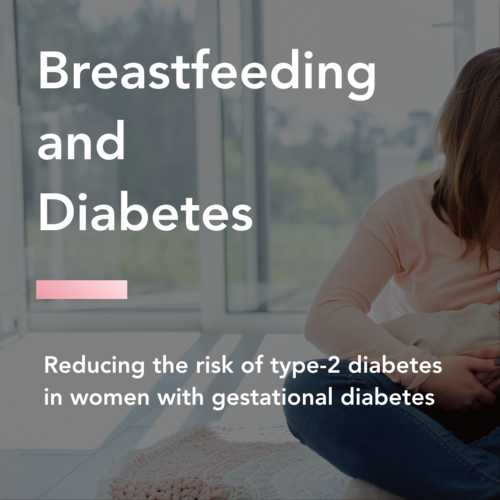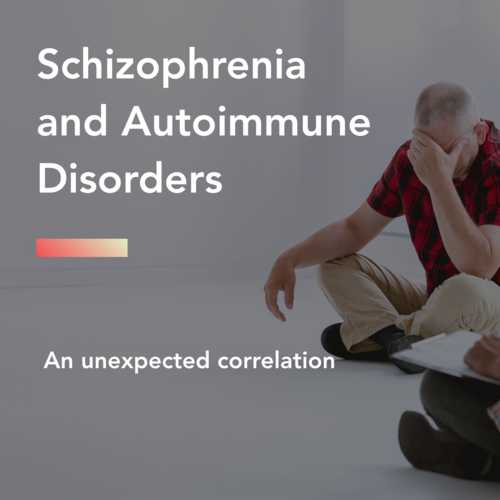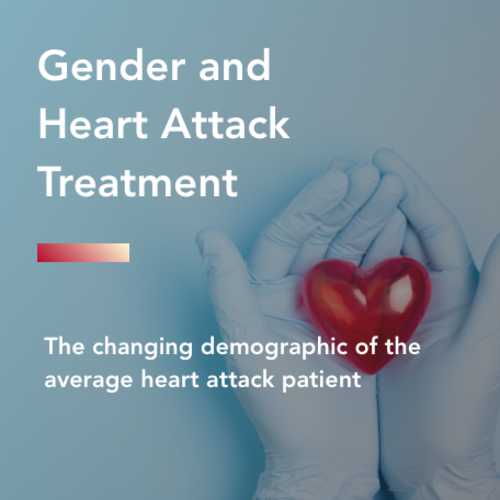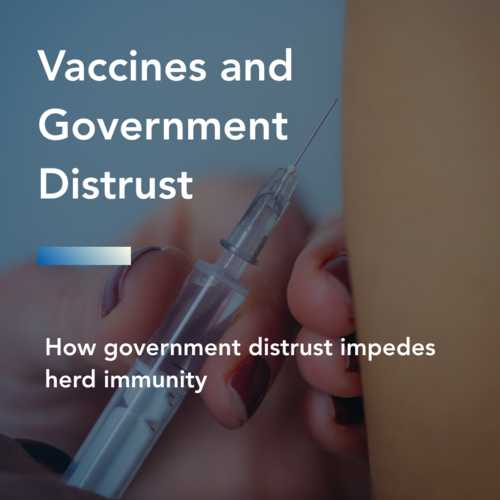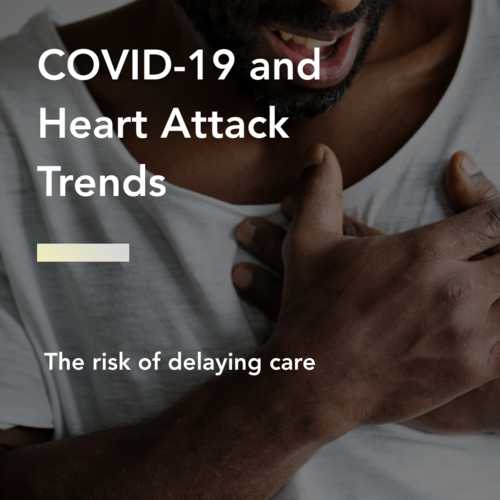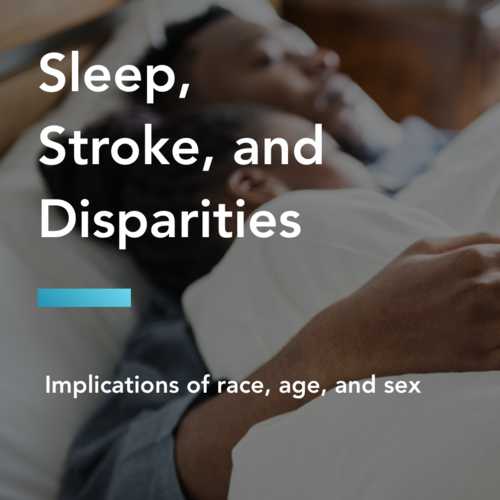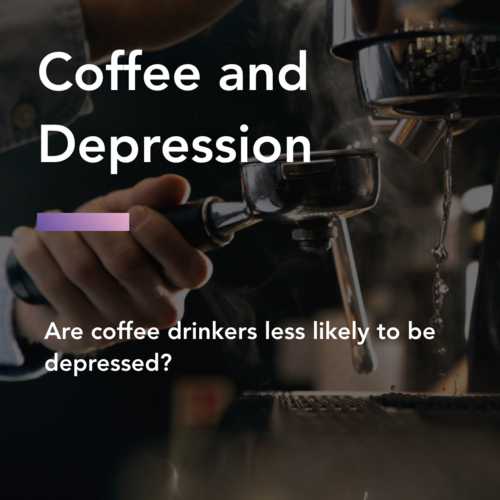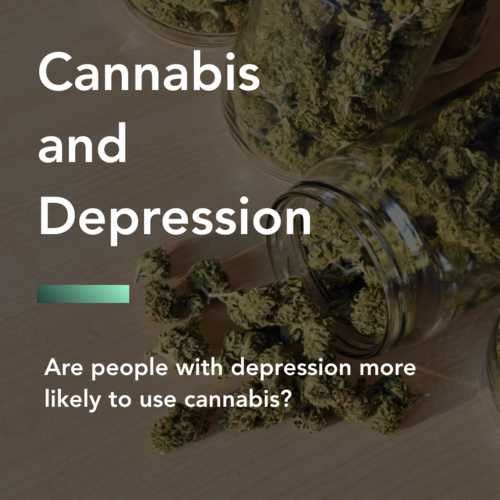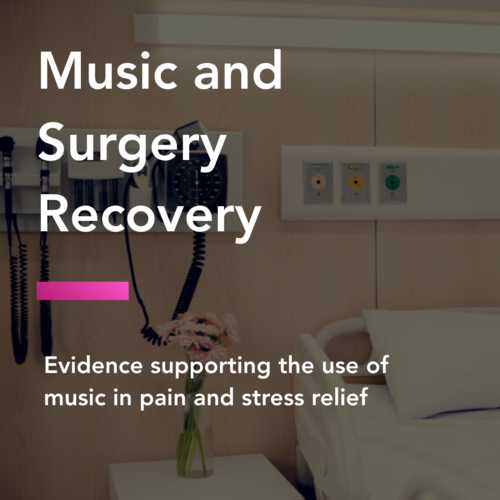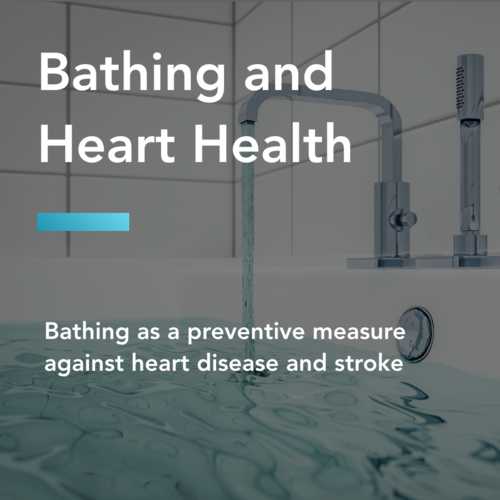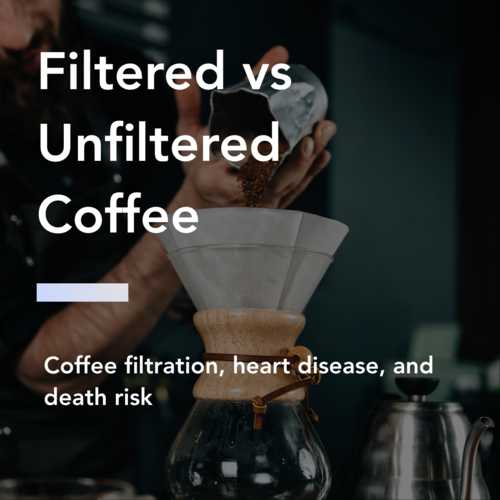Intensive Glucose Control for Diabetes
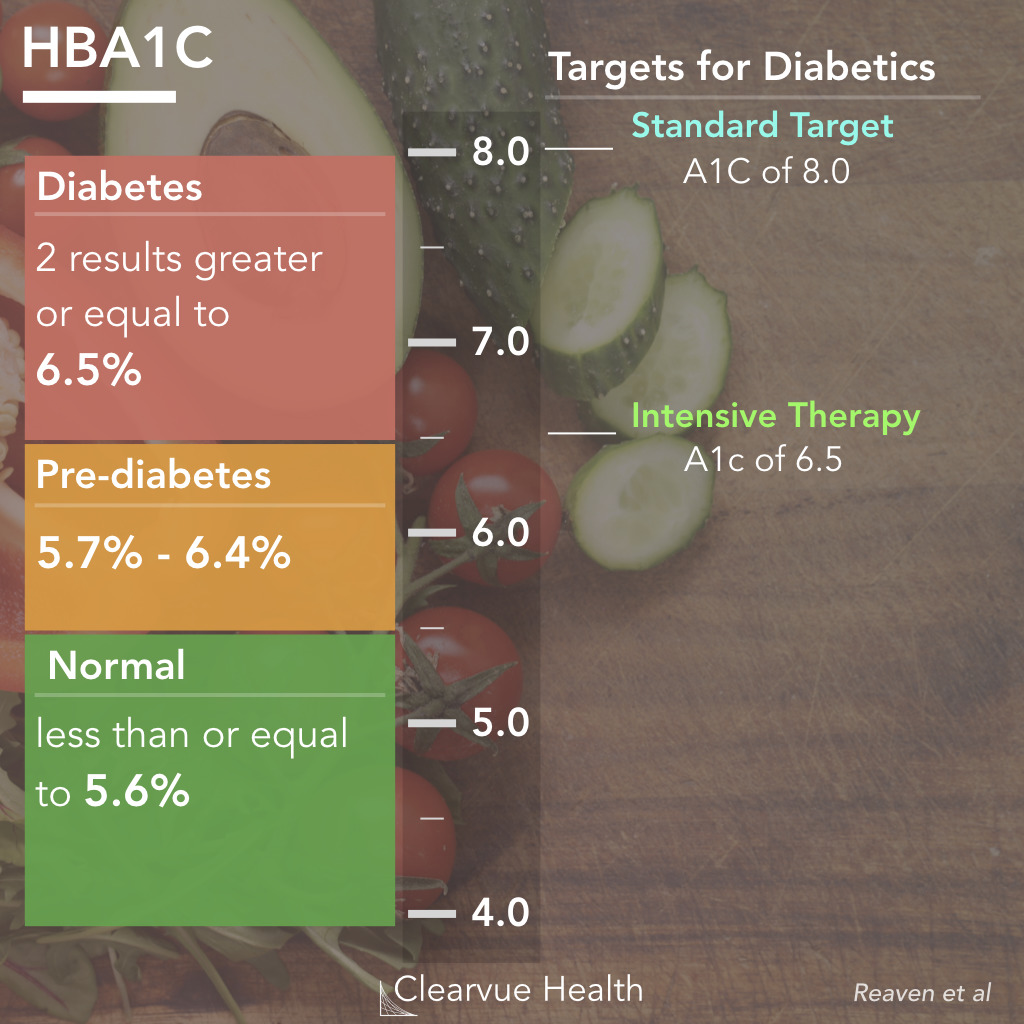
Figure 1: HBA1C Target Chart. Patients in the standard therapy group aimed for an A1C between 8% and 9%. Patients in the Intensive Glucose Control Group aimed for an A1C that was 1.5 percentage points lower. Diabetes is defined as 2 or more results greater than or equal to 6.5%.
A new study shows that intensely controlling your diabetes may not be all that helpful.
While some doctors have been advocating for very strict blood glucose targets for diabetics, new research is showing that while it does reduce short term heart attack risk, the long term benefits may be limited.
More relaxed glucose targets for diabetics are nearly as good, if not just as good, compared to the most stringent glucose targets when it comes to long term benefits and mortality.
Researchers put patients into two groups, one of which aimed for an HBA1c of 8-9%, the standard therapy group, and another that aimed for an HBA1c of 6.5%.
Volunteers in the strict glucose control group were asked to strictly control their blood glucose for the first three years of the study.
They then followed all patients for 15 years to see whether strictly controlling blood glucose has any long-term benefits to cardiovascular disease rates and overall mortality.
Source: Intensive Glucose Control in Patients with Type 2 Diabetes — 15-Year Follow-up
Effect of Glucose Control on Heart Disease
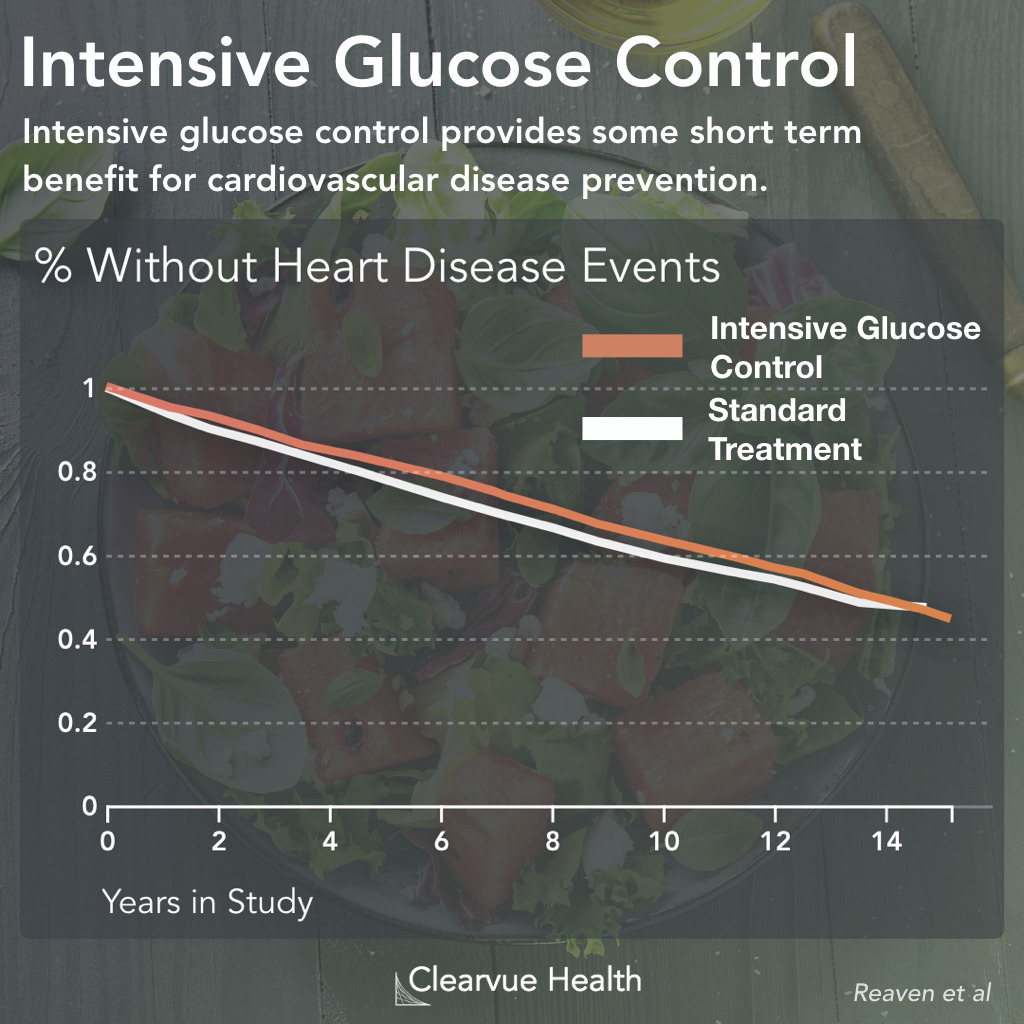
Figure 2: Heart Attacks & Glucose Control. Stricter control of glucose led to fewer cardiovascular events during the course of the trial, when patients were closely monitored. However, it did not lead to significant benefits over long term follow up. This metric included heart attack, stroke, new or worsening congestive heart failure, amputation for ischemic gangrene, or death from heart disease related causes. The orange line represents the percent of volunteers in the intensive glucose control group who did not experience a heart disease event. The white line represents the rate in the standard therapy group.
They found that in terms of heart attacks, patients who were assigned to more stringently control their glucose did indeed have a low risk of heart attack during the period in which they were monitored, as shown in the chart above.
However, as soon as the patients were off of the study and the strict program, the risk returned to normal.
This shows that intensive glucose control does reduce heart attack risk in the short term, when patients are actively engaged in it. However, it does not carry long term benefits for cardiovascular disease risk.
Source: Intensive Glucose Control in Patients with Type 2 Diabetes — 15-Year Follow-up
Intensive Glucose Control & Mortality
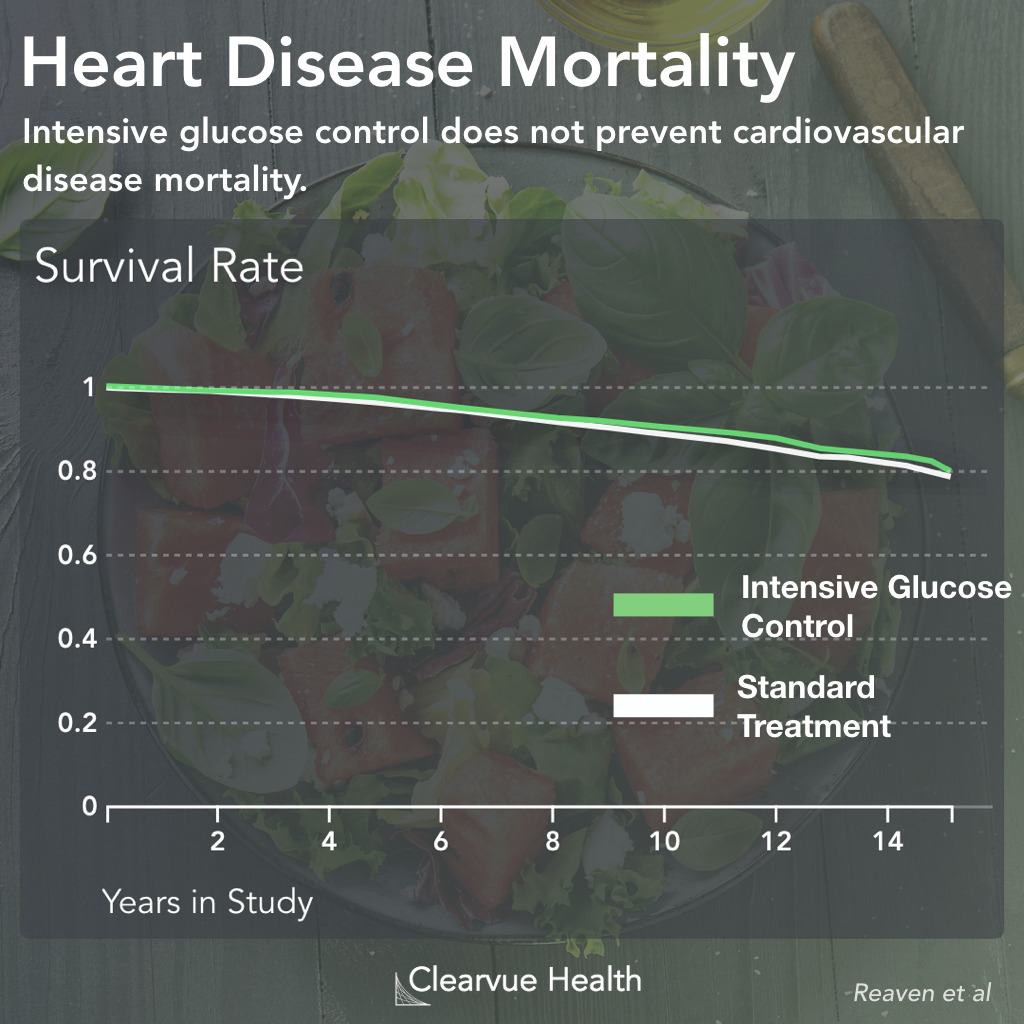
Figure 3: Cardiovascular Survival Rates. Patients who were assigned to intensive glucose control did not have significantly higher cardiovascular mortality than patients who were assigned to standard therapy. While patients in the intensive glucose control group had fewer heart attacks during the trial, this did not translate into a significant difference in heart disease mortality rates.
In terms of heart disease mortality, researchers found even fewer benefits. Volunteers with strict glucose targets did not have significantly different rates of cardiovascular mortality than patients who were assigned to normal glucose targets.
As shown in the chart above, even during the course of the study, the difference is mortality rates between the groups was small.
Source: Intensive Glucose Control in Patients with Type 2 Diabetes — 15-Year Follow-up
This study used multivariable adjustment to reduce possible confounding. Observational studies all have the risk of confounding, where a correlation between two variables is caused by another factor. For example, individuals who drive luxury cars likely have a higher rate of having kids who attend college. The car doesn't lead to college, rather both correlate with a 3rd factor: income. Multivariable adjustment removes the effect of many possible confounding variables to produce a more accurate result.
Intensive Glucose Control & Health Outcomes
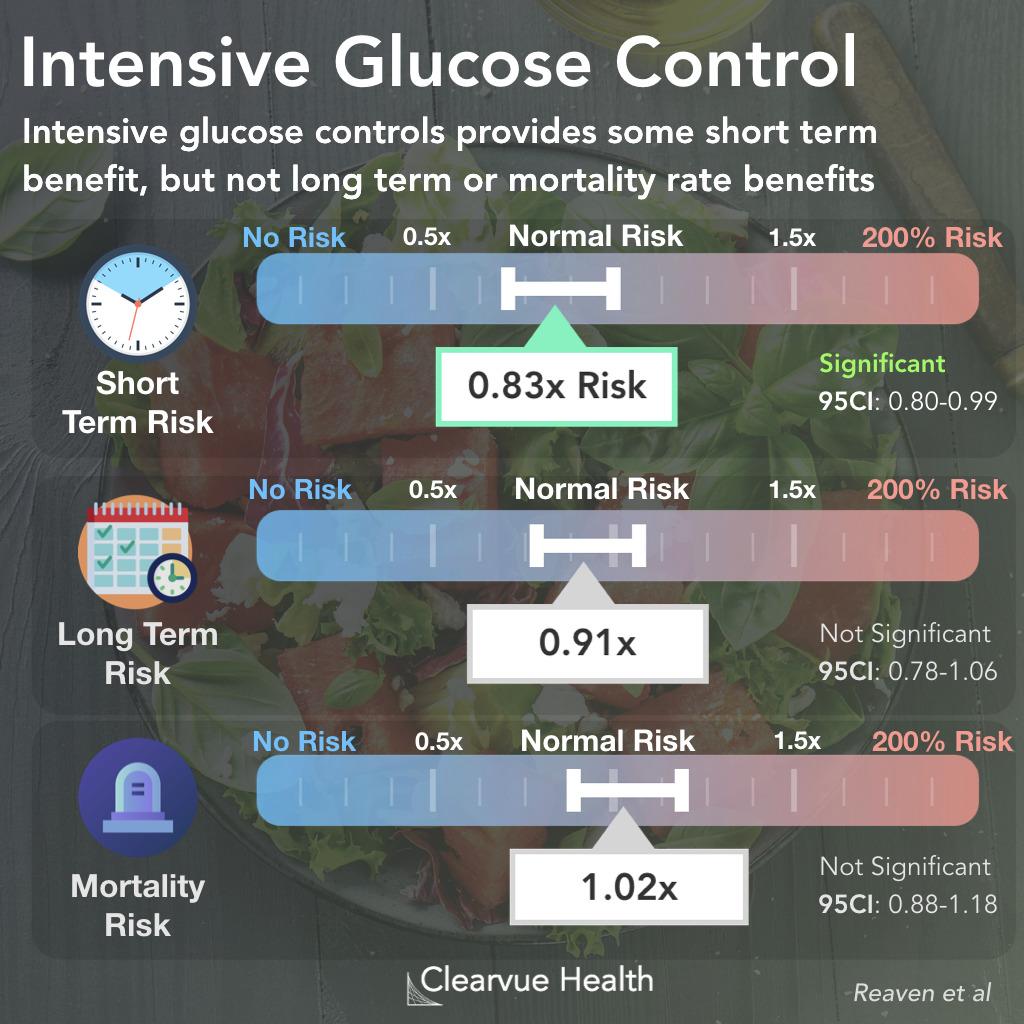
Figure 4: Intensive Glucose Control & Health Outcomes. Intensive glucose control reduces short term risk, but does not carry significant long term benefits. Patients in the strict glucose control group had 0.83x the risk of heart disease compared to patients in the control group, which was statistically significant. However, they only had 0.91x the risk of cardiovascular disease in the long run, which was not statistically significant.
In the short term, when patients closely stuck to their strict glucose targets, there was a statistically significant reduction in heart attack rates. This shows that there is some benefit and strictly controlling your glucose in the short run.
However, there were no statistically significant long-term benefits to a stringent glucose target.
Keys to Health
This data confirms that a strict glucose target can be beneficial if you stick to it. Sticking to a strict glucose target likely reduces your risk of a heart attack.
However, in the long run, a less strict glucose target may be nearly as good as a strict glucose target. If you are diabetic, be sure to talk to your doctor about how best to manage your blood sugar.
+
+
Study Type - The study used a randomized controlled trial, which is the best and most reliable type of study. By assigning patients to two different groups, researchers could ensure that most of the differences between the groups should be due to the risk factor or drug being tested.
+
Effect Size - Researchers found significant effects in clinically relevant variables
-
Sample Size - This study had enough patients to detect a 25% difference between the groups. This threshold is rather high, and shows that researchers may not have used enough patients to find smaller differences between the groups. A 10-20% percent difference between groups is substantial, but may not have been detectable in the study. As shown by the data while there were differences between the groups, they do not reach statistical significance.
Centers for Disease Control
A1C results tell you your average blood sugar level over 3 months. A1C results may be different in people with hemoglobin problemsexternal icon such as sickle cell anemia. Work with your doctor to decide the best A1C goal for you. Follow your doctor’s advice and recommendations.
American Diabetes Association
The A1C test gives you a picture of your average blood glucose (blood sugar) control for the past 2 to 3 months. The results give you a good idea of how well your diabetes treatment plan is working.
MedlinePlus
A hemoglobin A1c (HbA1c) test measures the amount of blood sugar (glucose) attached to hemoglobin. Hemoglobin is the part of your red blood cells that carries oxygen from your lungs to the rest of your body. An HbA1c test shows what the average amount of glucose attached to hemoglobin has been over the past three months. It's a three-month average because that's typically how long a red blood cell lives.
Clearvue Health is not affiliated with above organizations. The information above is provided to highlight and link to useful further reading.







